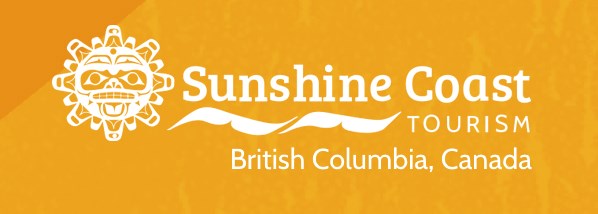Sunshine Coast Tourism (SCT) has issued an information bulletin to clarify rules around changes to a tax that collects money from hotels and other tourism accommodation room sales.
The non-profit, which receives the tax money to promote tourism on the Coast, released the bulletin on Feb. 25.
The two per cent Municipal and Regional District Tax (MRDT) came into effect on the Upper and Lower Sunshine Coast in 2016 and was levied on consumers who purchase accommodations from lodgings with at least four rooms.
That tax and the eight per cent PST, which also applied to operators with at least four rooms, now applies to all accommodations, including Airbnbs and other smaller short-term rental businesses.
The changes were made following the adoption of the 2018 provincial budget and have been in effect since last October.
The hotel tax proved controversial on the Sunshine Coast when it was first introduced, with more than half of affected accommodation operators signing a petition opposing the proposed tax, but eventually agreed to move ahead with it.
Since then the MRDT has raised approximately $799,000 for Sunshine Coast Tourism, which is governed by a volunteer board of directors, and employs four staff and two contract workers who take care of bookkeeping and communications.
The tax has been collected from the sales of approximately 950 rooms on the Upper and Lower Sunshine Coast, but SCT told Coast Reporter it is unclear how many smaller accommodations businesses operate on the Sunshine Coast, making it difficult to estimate how much more tax revenue the expanded collection pool will generate.
“It is unlikely that the revenue will come close to doubling the current amount. But … our ability to communicate with all short-term rental accommodations is limited, making it very challenging to guess how much money is being collected under the new rules,” said SCT communications director Andrea Wickham-Foxwell.
The first instalment of the extra tax money is expected to be distributed this spring and on a quarterly basis going forward. SCT will deposit the extra funds in an account and will not use the money until a plan is approved by the SCT board, according to the information bulletin.
Another change raised in the bulletin offered one option for where to spend the extra money: affordable housing.
Using MRDT dollars to fund local affordable housing initiatives was introduced with the other changes in 2018.
Under the new funding rule, the SCT would be able to “define, identify, and fund affordable housing initiatives that they deem appropriate to meet local needs,” according Destination BC, which administers the tax jointly with the Ministry of Finance and Ministry of Tourism.
Paul Kamon, executive director for SCT, discussed those changes during the Sunshine Coast Regional District 2019 budget deliberations, telling directors the Coast is “somewhat unique in the system,” because his organization represents several communities within the Sunshine Coast rather than just one, as is the case elsewhere in B.C.
Before the SCT applies for the funding option, all local Sunshine Coast governments would have to agree on a regional plan, which would be reviewed by the housing ministry, according to the bulletin, and the SCT would need approval from “tourism stakeholders” and accommodation operators to spend MRDT money on affordable housing.
The bulletin states that the next opportunity for funding proposals will be in the 2020 MRDT One Year Tactical Plan.



